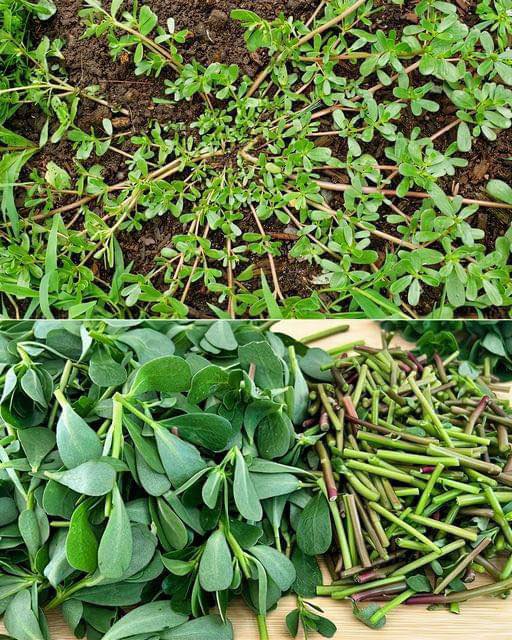Purslane, often dismissed as a common weed, is in fact a hidden gem in the world of gardening and nutrition. This hardy plant, scientifically known as Portulaca oleracea, offers a multitude of benefits that warrant its inclusion in your garden. Here’s why you should embrace purslane in your garden, backed by detailed insights and information.
Nutritional Powerhouse
- Rich in Omega-3 Fatty Acids: Purslane is one of the few plant sources that offer high levels of alpha-linolenic acid, a type of omega-3 fatty acid usually found in fish oils. This makes it an excellent dietary addition, particularly for vegetarians and vegans.
- Packed with Vitamins and Minerals: It is a rich source of vitamins A, C, and E, and essential minerals like magnesium, calcium, potassium, and iron. This nutrient-dense profile contributes to overall health and wellness.
Culinary Versatility
- A Delight for the Palate: Purslane has a slightly sour and salty taste, making it a unique addition to salads, soups, and stews. It can also be used as a garnish or a spinach substitute in various dishes.
- Preservation and Preparation: Its leaves and stems can be eaten raw or cooked, offering versatility in kitchen use. Purslane can also be pickled or dried for long-term storage.
Drought Resistance and Low Maintenance
-
- Thrives in Poor Conditions: Purslane is incredibly resilient and can grow in poor soil conditions, requiring minimal care. This makes it an ideal plant for beginner gardeners or those with less fertile soil.
- Drought-Tolerant: It requires very little water, surviving in dry conditions where other plants might struggle. This characteristic makes purslane a sustainable choice for water-conscious gardeners.

